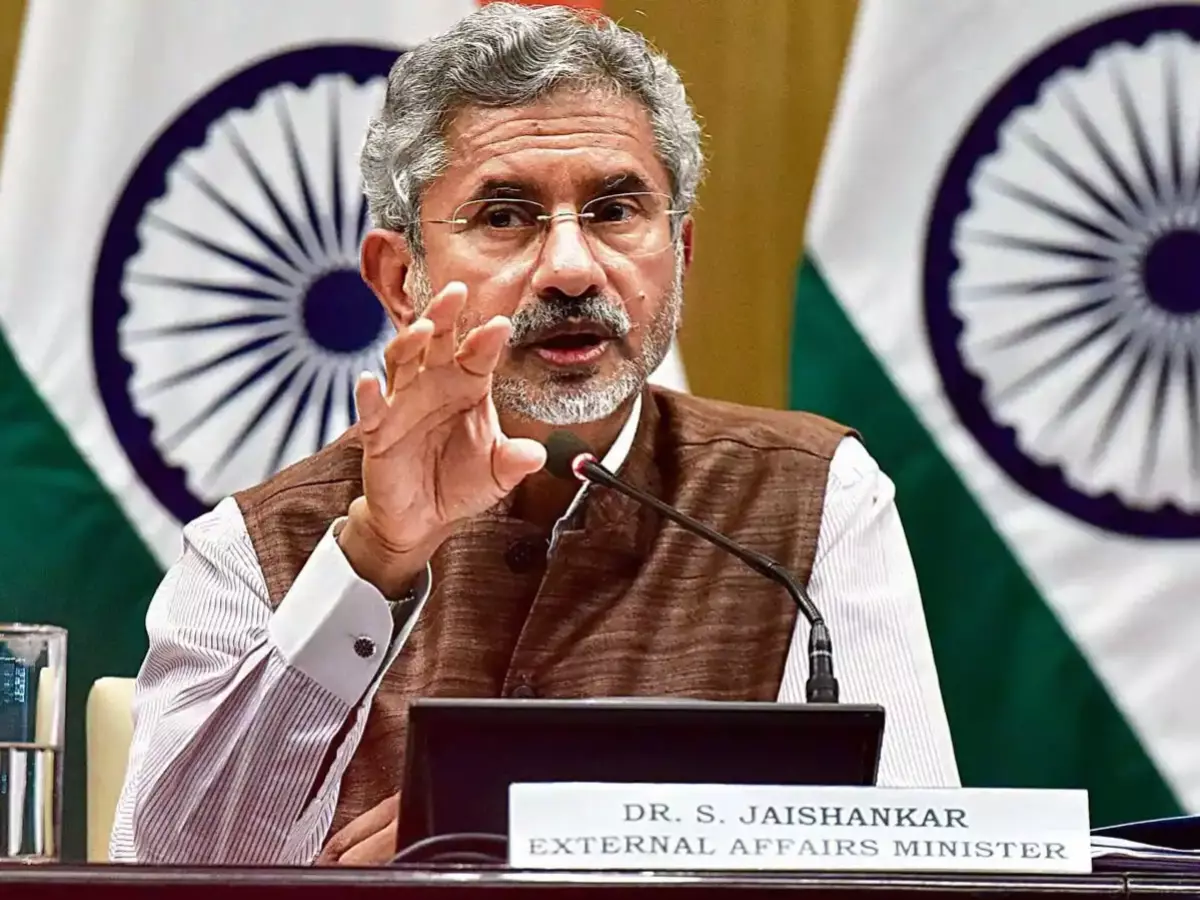India¡¯s Foreign Policy: The Year That Was and the Year That Will Be
With India taking the baton of the G20 Presidency from Indonesia this year, there is a new juncture in India¡¯s foreign policy and diplomacy. It is indeed a moment of opportunity to implement India¡¯s vision of an inclusive multilateral governance of the international system, while being mindful of the vagaries of current geopolitics.

With India taking the baton of the G20 Presidency from Indonesia this year, there is a new juncture in India¡¯s foreign policy and diplomacy. It is indeed a moment of opportunity to implement India¡¯s vision of inclusive multilateral governance of the international system while being mindful of the vagaries of current geopolitics.
New Delhi¡¯s call for ¡°Vasudhaiva Kutumbakam¡± (the world is one family) is well appreciated globally, but it also has to navigate an era of growing great power rivalry. Besides the overwhelming impact of the pandemic on the domestic and foreign policies of all countries, the Ukraine crisis has most evidently affected how India interacts with the world, most particularly with its western partners.
As India builds stronger partnerships with the United States and its allies in the Indo-Pacific to manage the strategic ramifications of China¡¯s rise, New Delhi¡¯s position on Russia¡¯s invasion of Ukraine remained in the limelight. Moreover, the consequential but complicated India-China relationship has been in the news mostly for the wrong reasons.
To state the obvious, India¡¯s foreign policy will enter a new year filled with opportunities to take its rightful place under the sun, but one that will call for a practical alignment between its national growth and global aspirations.
 AFP/Representational Image
AFP/Representational Image
India and 21st Century Great Power Rivalry
Since its independent existence in the firmament of nation-states, even in times of extremely limited material capabilities, India has always aspired to practice relative autonomy in its foreign policy. In the 21st century, India has been overt in expressing its aspirations to become a power of global reckoning and has shown a growing appetite for practising realpolitik to advance its interest. In the current circumstances, both American and Chinese official documents show a more confrontational approach.
The United States looks at China as its long-term primary threat that requires not only the deployment of U.S. national power but also alignment with like-minded partners. While there is a convergence between India and the United States on the China threat, dealing with Russia is a different ball game altogether and the Ukraine crisis emphasised this reality.
Even as the Western world rebuked India¡¯s neutral stand on a crisis distinct in its history and geography, New Delhi stood its ground and remained a voice of reason amidst a politics of camp choosing. Besides the shape of things to come in the geopolitical hotspots of U.S.-China rivalry like the Taiwan Straits and the South China Sea, the U.S.-Russia relationship going further south will test India¡¯s great balancing act to the core.
India and the Future of Multilateralism
 AP/Representational Image
AP/Representational Image
India steps into the presidency of the G20, the premier forum for multilateral governance in the current world order, at a time of transformative geopolitical, geo-economic, and technological changes. The pandemic and the Ukraine crisis have brought forth major questions about global health security, diversification of global supply chains, and energy & food security.
Ideally, a transnational challenge such as the COVID-19 pandemic would have brought countries together, but China¡¯s opaque response, and its aggressive diplomacy to shut down any voice critical of Beijing¡¯s ways, showed the vulnerabilities of multilateralism. While the world debates the coming of a multipolar world order, such a configuration of powers does not automatically guarantee effective multilateralism in global governance.
 AGENCY
AGENCY
Battling climate change remains a Himalayan task in terms of aligning the interests of countries in different stages of development and with distinctive national strategies. Another area that would demand growing focus and attention from the international community will be the realm of technology governance.
Disruptive technologies like artificial intelligence are proving to be pervasive and a primary characteristic of the great power competition-cooperation dynamic. In such circumstances, New Delhi could use this opportunity at the G20 to steer the narratives around these many issues that require pragmatic and effective multilateralism to align India¡¯s interest with that of the global good.
India-China Tense Tango
The recent clash in Tawang in Arunachal Pradesh at the Sino-Indian border has yet again highlighted that this consequential relationship between the two Asian giants is not normal. A cursory examination of the trade turnover between the two countries might show an upward trend even during times of military tension.
However, the positive economic trend still reflects an imbalance of trade favouring China, which is yet to be corrected. Ever since the violent Galwan valley clash, communication between New Delhi and Beijing has been anything but cordial, despite optics of niceties at the top leadership during multilateral summits. The material rise of China, mixed with anxiety in the current Chinese leadership to maintain an iron grip on its domestic populace has produced an aggressive external manifestation, that New Delhi needs to manage with an equal show of force and diplomatic traction.
 AFP/Representational Image
AFP/Representational Image
As the year 2023 knocks on the door, India¡¯s place in the international system stands elevated, in terms of both capabilities and aspirations. Amid the rapidly changing geopolitical, geo-economic, and technological landscape, India¡¯s foreign policy choices will be of consequence not only for the protection and promotion of its own interest but also in spearheading the goal of global good.
*The Author teaches at the Amity Institute of International Studies (AIIS), Amity University, Noida. He is the Honorary Director of the Kalinga Institute of Indo-Pacific Studies (KIIPS).
